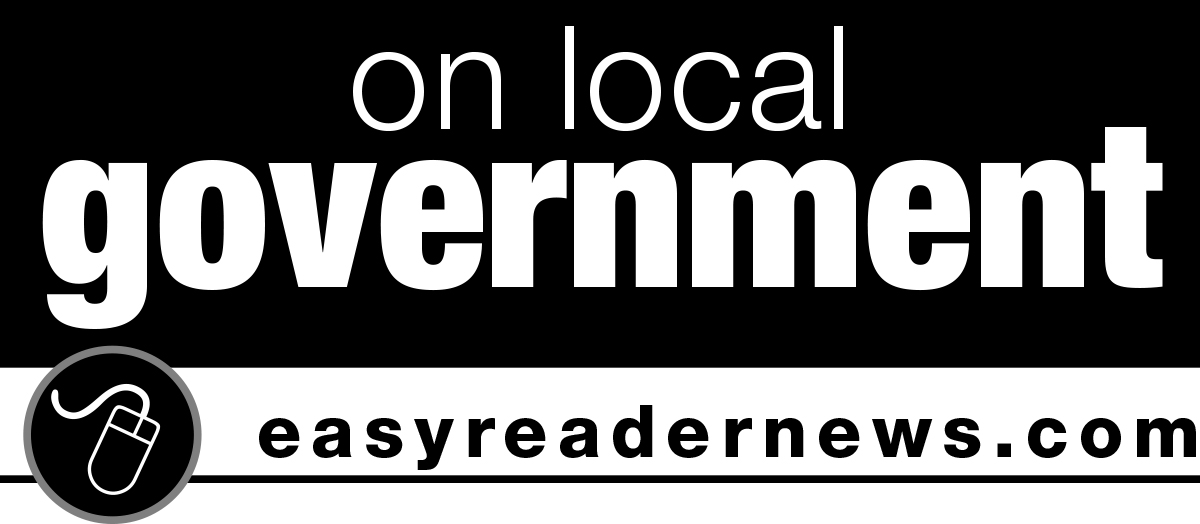by Bob Pinzler
In this year’s election, residents of the Beach Cities are being asked for a lot of money to be levied on us through our property taxes. Cities, the County, school districts, and special districts are all asking us to approve increases to our annual bills. For some of us, the impact will be far greater than for others. For that we can thank, or curse, Prop. 13.
Back in 1978, property taxes were set by individual localities on an annual basis. During the 1970s, the rise had been astronomical as the country suffered through oil embargoes, double-digit interest rates and “stagflation.” Taxpayers, led by activists like Howard Jarvis, revolted and got the voters to approve a system by which property taxes were assigned as 1% of assessed valuations. It allowed for an increase of just 2% per year.
Most importantly, it locked the valuation of a property to its level at the approval of the ballot measure unless a sale took place, at which time the purchase price of the house would be the determinant. In my case, I bought my home in 1980 and have lived in it ever since. The baseline valuation remains the one I got when Prop 13 went into effect. Over those 44 years, that valuation has gone up about 120%. But that is nowhere near the assessed value of a new home bought this year. Therefore, I am likely paying less than 20% of the property taxes of some of my neighbors.
I’m not complaining, mind you. In fact, I support Measure FP for fire and police in Redondo. However, the difference does have ramifications that were probably not considered when Prop 13 was implemented.
One of the most impactful elements of the proponent’s argument at the time was seniors were being priced out of their homes by ever-rising property taxes. Yet, what has occurred is that a greater proportion of a city’s property tax burden has been shifted to young people, many just starting out on the home-buying journey, with less disposable income. And that discrepancy grows each time a new levy is added.
The rise in taxation under the Prop 13 formula also exacerbates the problem of the laudable goal of providing affordable housing. New housing costs more and more, and making it affordable becomes harder and harder.
There is no easy solution to this dilemma. For some long-time owners, the low property tax on their long-held property mitigates against selling even when they move out, thus creating a rental market that can impact a neighborhood’s cohesiveness. It also reduces available housing stock. For those renters, the cost of buying in an area where they and their family have become more comfortable becomes more difficult.
Reform of Prop 13 has been discussed off and on for decades. A year like this one brings the issue into the light once again. ER










